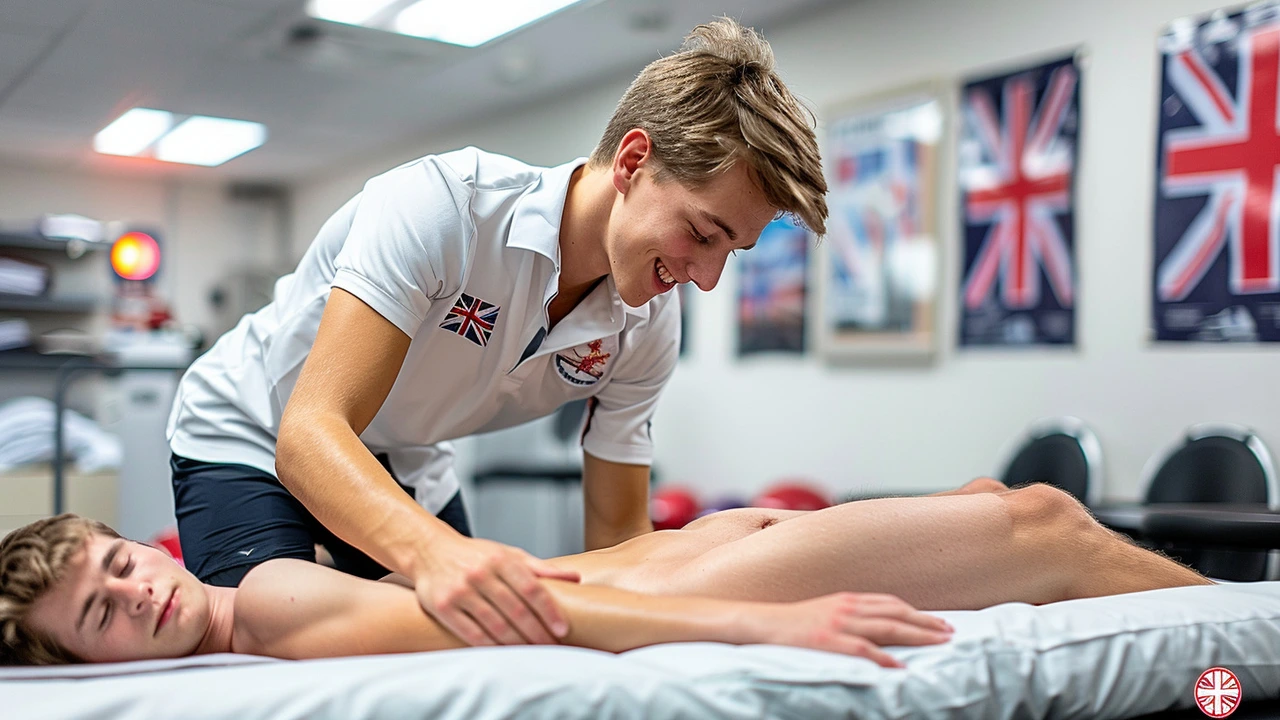Muscle Fatigue: Causes, Quick Fixes, and How to Recover Faster
Muscle fatigue is that heavy, weak feeling in your muscles after pushing hard or doing too much for too long. It happens to runners, weightlifters, parents lifting toddlers, and anyone who sits all day and then suddenly moves. Knowing what triggers it and what actually helps will cut recovery time and keep you moving without losing progress.
Common triggers are easy to miss. Skipping rest between workouts drains the energy your muscles need. Poor sleep and low carbs mean less fuel for contractions. Dehydration and missing electrolytes slow nerve signals and make muscles feel weak. Repeating the same movement with bad form overloads specific muscles. Medications, iron deficiency, and thyroid issues can also cause persistent fatigue. If your weakness is sudden, severe, or comes with numbness, get medical advice.
Quick fixes you can try right now
If fatigue hits during or after activity, stop and rest. Drink water or a low-sugar electrolyte drink. Eat a small snack with carbs and protein — try a banana and a handful of nuts or a yogurt with fruit. Move gently: a short walk or light cycling helps flush lactic acid and brings fresh blood to sore spots. Use ice for sharp, inflamed pain and heat for stubborn tightness. A 10–20 minute nap helps if overall tiredness is the issue.
Smart habits for faster recovery
Make recovery part of training. Schedule rest days and rotate focus between muscle groups so the same area gets time to rebuild. Sleep consistently; muscles repair during deep sleep. Match your meals to activity: carbs for energy, and protein after exercise to fix muscle fibers. Keep hydrated all day and include potassium, magnesium, and sodium from real foods like bananas, leafy greens, yogurt, and salt in meals.
Active recovery works better than doing nothing. Easy yoga, swimming, or a relaxed bike ride increases circulation without extra strain. Foam rolling and light sports massage ease knots and improve range of motion. Consider simple supplements only after checking facts: creatine helps with short, intense efforts for many people, and omega-3s can reduce soreness for some. Talk with a healthcare pro before starting anything new.
Manage load and technique. Increase training volume slowly — a common rule is no more than about 10% per week. Fix movement flaws early; small imbalances become chronic problems if ignored. Keep a recovery log: note sleep, mood, soreness, and performance to spot trends and prevent overtraining.
See a doctor if fatigue won’t lift or you have unusual symptoms like sudden weakness, numbness, swelling, or trouble breathing. Simple blood tests often catch iron or thyroid problems that mimic training fatigue. For most people, better sleep, consistent fueling, hydration, and planned rest will dramatically cut muscle fatigue and help you get back to the activities you enjoy.

Sports Massage: Your Ultimate Guide to Beating Muscle Fatigue
Discover the benefits of sports massage in fighting muscle fatigue, boosting recovery, and enhancing performance. Learn how this therapeutic technique can aid athletes and active individuals. Get insightful tips on choosing the right sports massage and the best practices to incorporate it into your fitness routine.
Read More